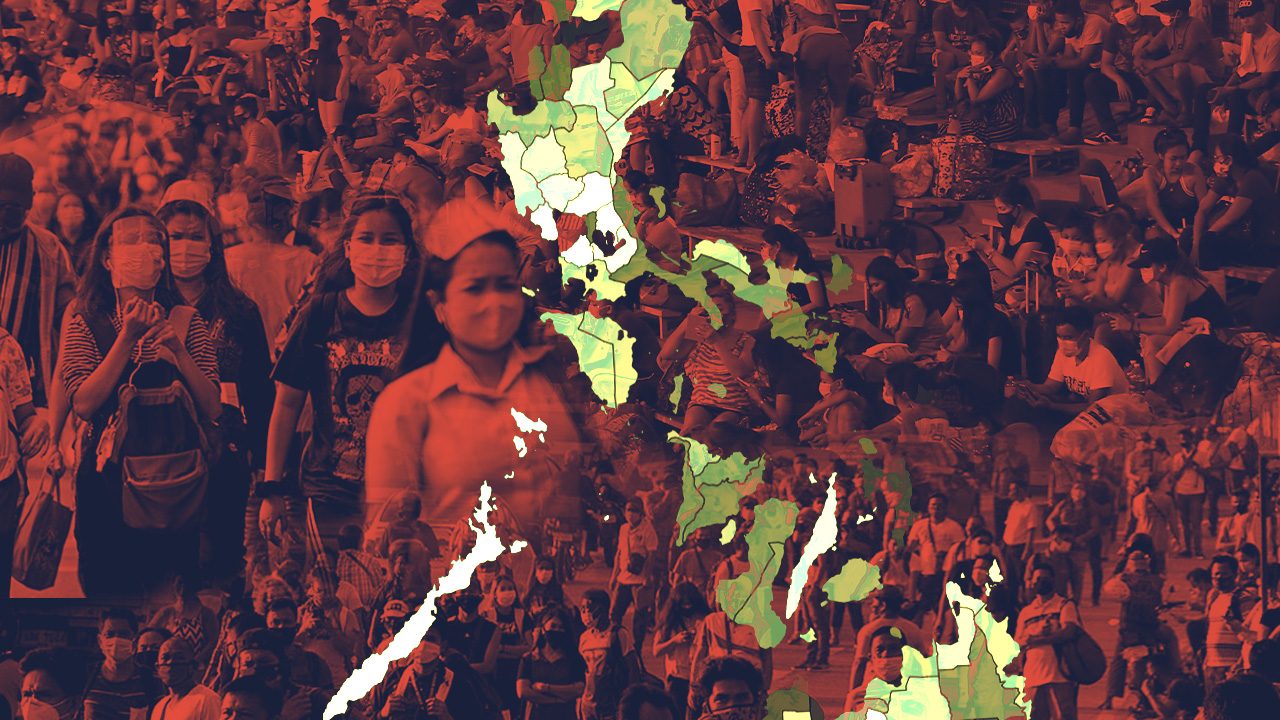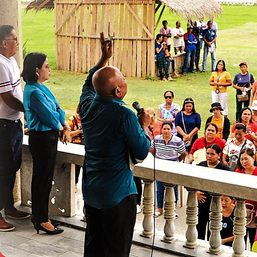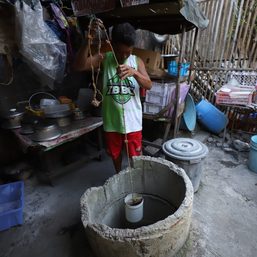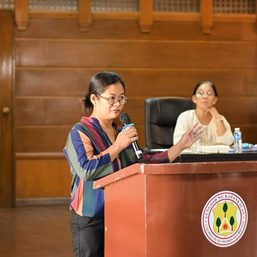SUMMARY
This is AI generated summarization, which may have errors. For context, always refer to the full article.

The Philippine population was logged at 109,035,343 as of May 2020, according to the latest census conducted by the Philippine Statistics Authority (PSA).
Over 13.48 million Filipinos or 12% of the population reside in the National Capital Region. The remaining 88% are in the provinces in Luzon, the Visayas, and Mindanao.
Here’s a list of the most populous and least populous provinces nationwide, as well as the provincial populations that grew the fastest and the slowest in the last five years.
For this story, the counts for provinces include those for the highly-urbanized cities (HUC) within their area, and the count for Isabela City is included in Basilan. This way, no city would get mixed up with the provinces when sorting the data. (PSA follows the administrative set-up where HUCs and the city of Isabela are separate from their mother province.)
Most, least populous provinces
If we go by the total numbers, Cebu remains the province with the biggest population, with 5.15 million residents. This includes those living in Cebu City, Lapu-Lapu City, and Mandaue City.
The four provinces surrounding Metro Manila round up the top five: Cavite, Bulacan, Laguna, and Rizal.
Rizal broke into the top five, while Laguna jumped into fourth place in 2020 from fifth in 2015 because of their high annual growth rate.
The rest of the provinces in the top 10 are Negros Occidental (with Bacolod City), Pangasinan, Batangas, Pampanga (with Angeles City), and Iloilo (with Iloilo City).
The small provinces of Batanes, Camiguin, Siquijor, Apayao, and Dinagat Islands remain the provinces with the smallest populations.
Fastest, slowest annual growth
In terms of annual growth rate, or the change in population per year between the 2015 census and the 2020 census, Sulu has the highest rate, at 4.14%, followed by Basilan (with Isabela City), at 4.12%.
(In the PSA data, Basilan excluding Isabela City has a 4.45% growth rate – surpassing Sulu's – while Isabela City alone has a 3.1% growth rate.)
Cavite (3.57%), Rizal (3.07%), and Lanao del Sur (2.86%) complete the top five.
The PSA said the Bangsamoro Autonomous Region in Muslim Mindanao (BARMM) had the highest annual growth rate in the 2020 Census. Sulu, Basilan (except Isabela City), and Lanao del Sur are part of BARMM.
Davao Occidental had the slowest annual growth rate, at just 0.05%.
It is followed by Dinagat Islands (0.16%), Northern Samar (0.23%), Samar (0.34%), and Masbate (0.39%). Southern Leyte also had a 0.39% growth rate, but it was higher than Masbate by a few percentage points.
Northern Samar, Samar, and Southern Leyte are part of Eastern Visayas, which the PSA said had the lowest growth rate among all regions.
Below is a map of the annual growth rates by province.
– Rappler.com
Add a comment
How does this make you feel?










There are no comments yet. Add your comment to start the conversation.